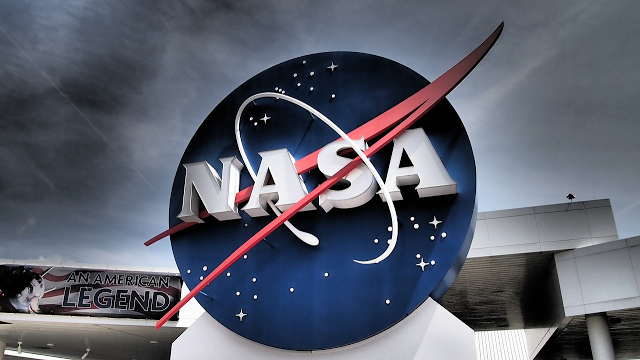The device will draw as well as repel satellites at the same time, meaning it will hold a satellite at a distance and won’t allow it to move away or towards the captured device. A technology like this would be of great help in the outer space as the astronauts will be able to manipulate micro satellites and gather space junk. Arx Pax’s MFA hover engine, called the Magnetic Field Architecture will be put to use to create micro-satellite capture devices that can manipulate and couple satellites from a distance. A connection like this can be achieved using a magnetic tether between two objects.
Luke Murchison, On-Orbit Autonomous Assembly from Nano satellites Project Manager, NASA Langley Research Centre, said,” We continue to place a firm emphasis on innovation and collaboration. We’re confident and excited about the possibilities this agreement proposes.” The co-founder of Arx Pax Greg Henderson, in an interview said that the collaboration with NASA marks a milestone for the firm and they were very excited to work hand-in-hand with NASA’s brilliant team of scientists and engineers.
Arx Pax has also revealed its plans for a hover home that can simply rise up off the ground in the event of an earthquake. It would use giant magnets to lift homes for the duration of the quake, thus avoiding damage. The idea for hover homes came to Greg when he was trying to find ways for structures to better withstand devastating earthquakes. The use of electromagnetic fields for lifting the building and separating it from the ground could be a viable option provided the company manages to keep it affordable and sensibly priced.






















